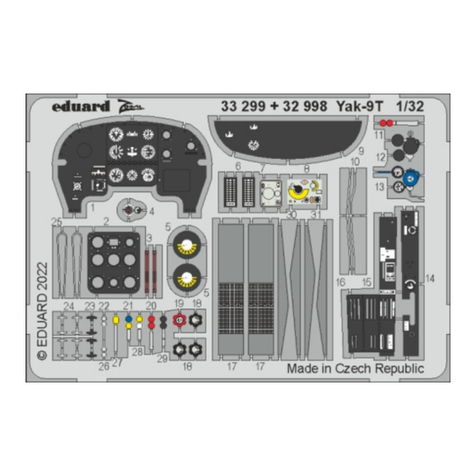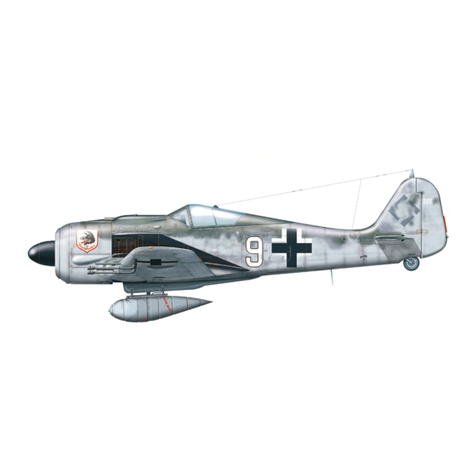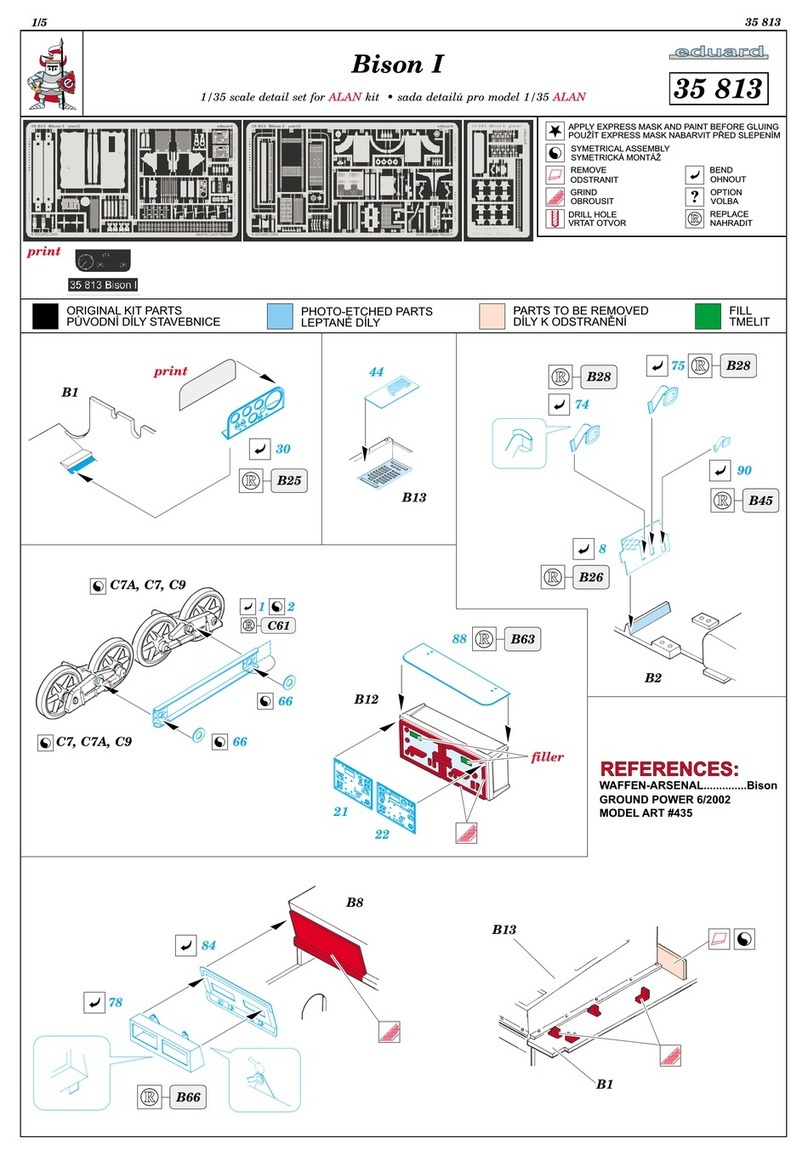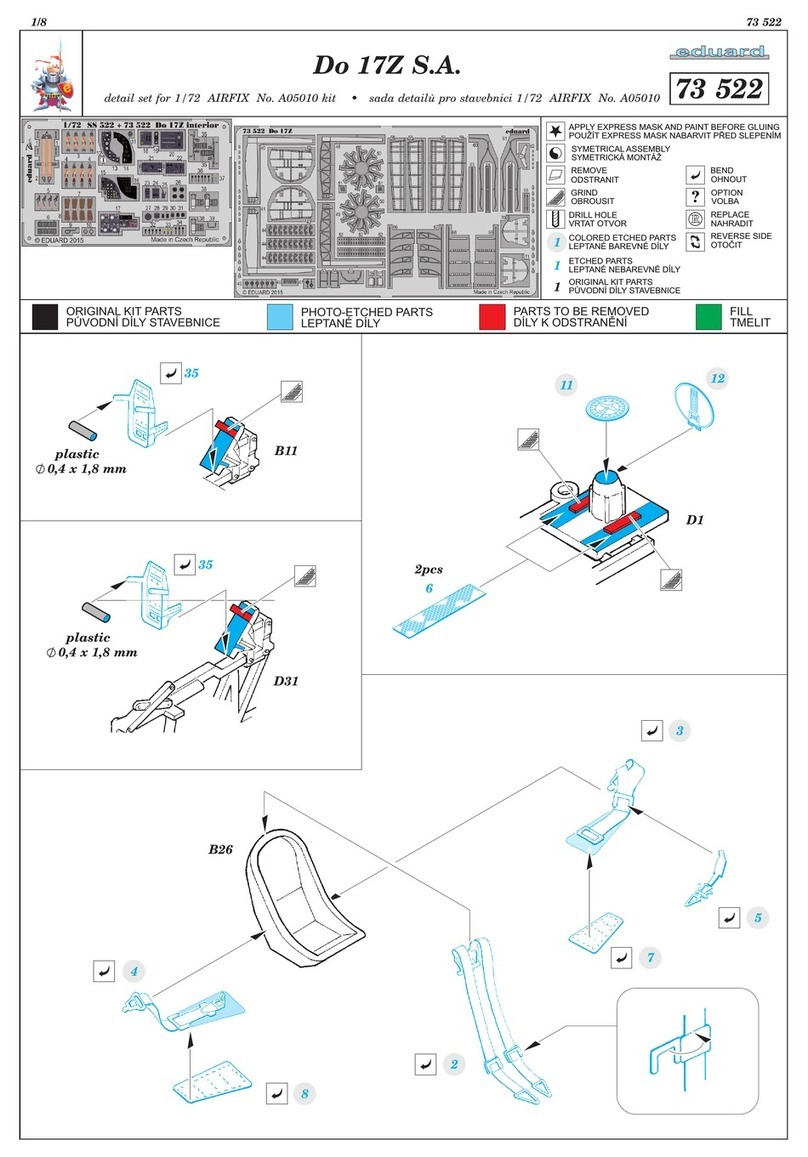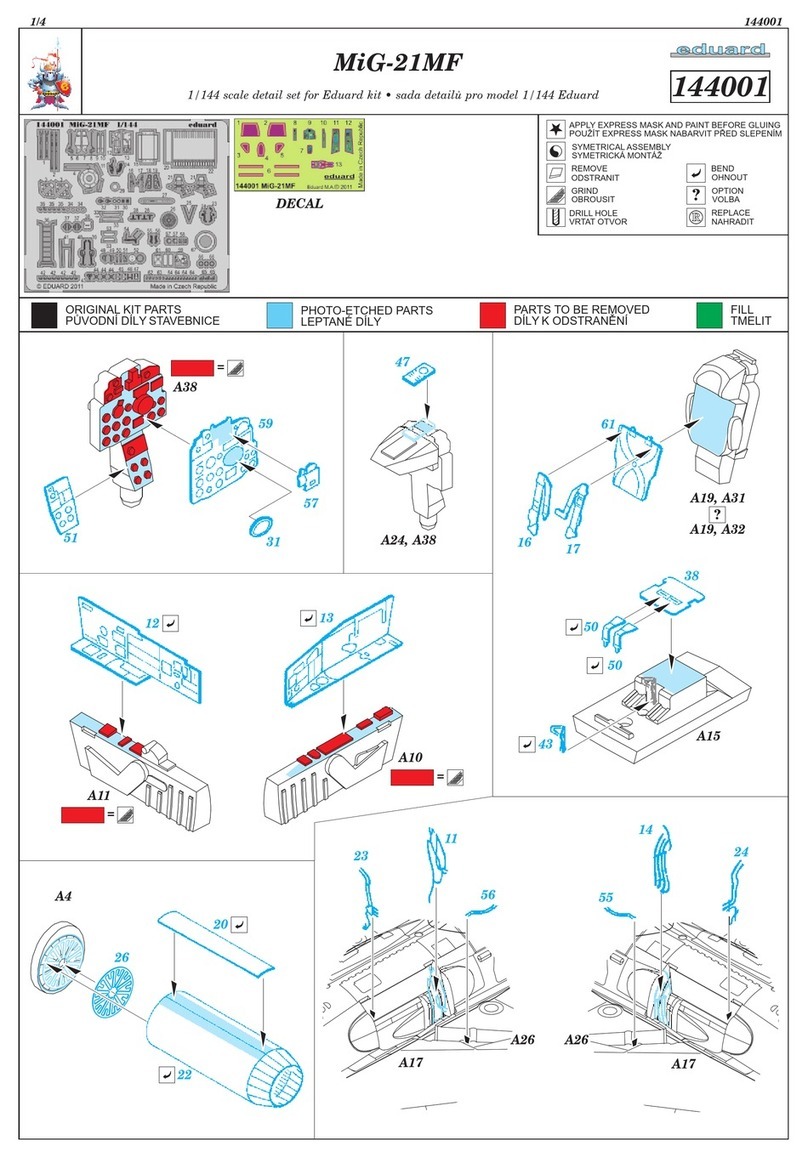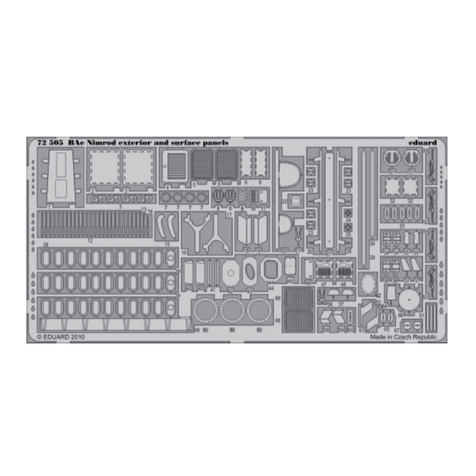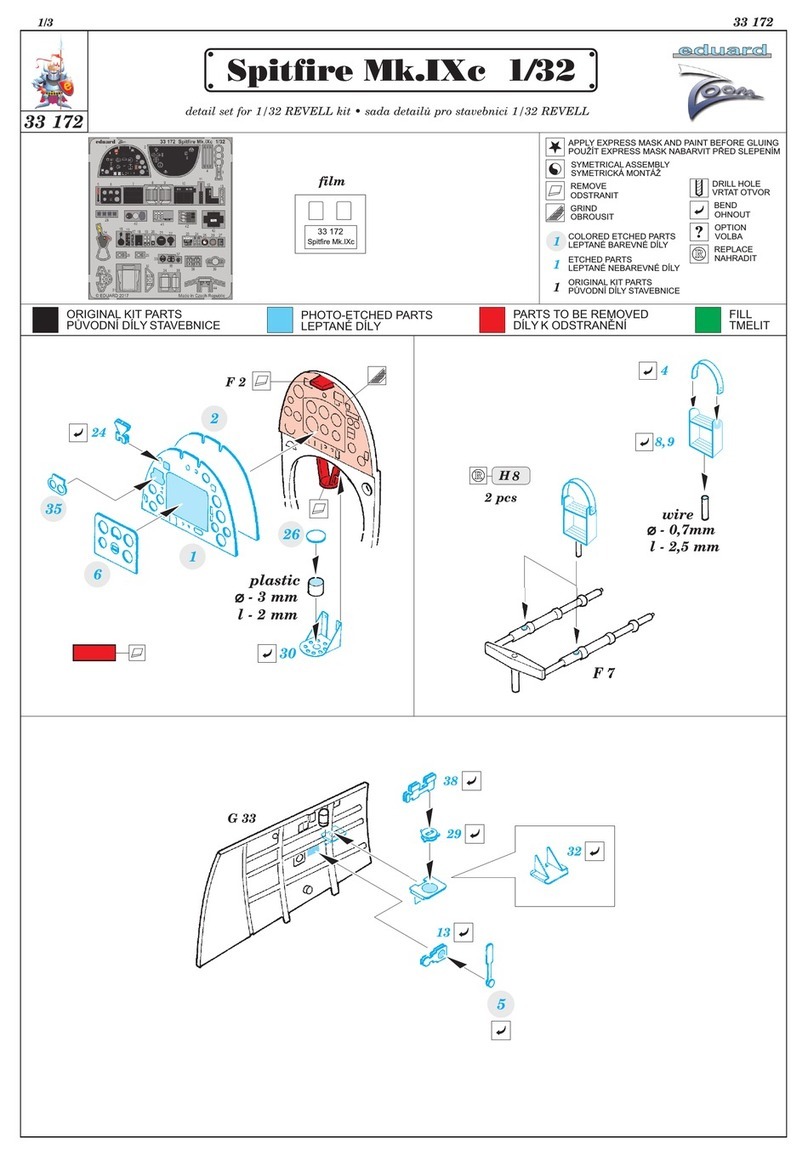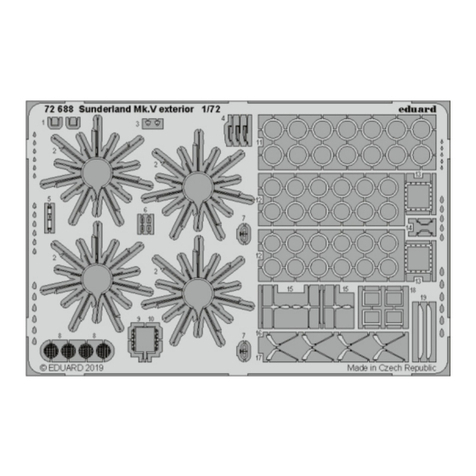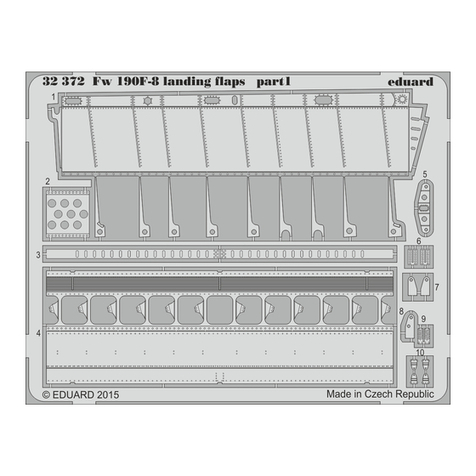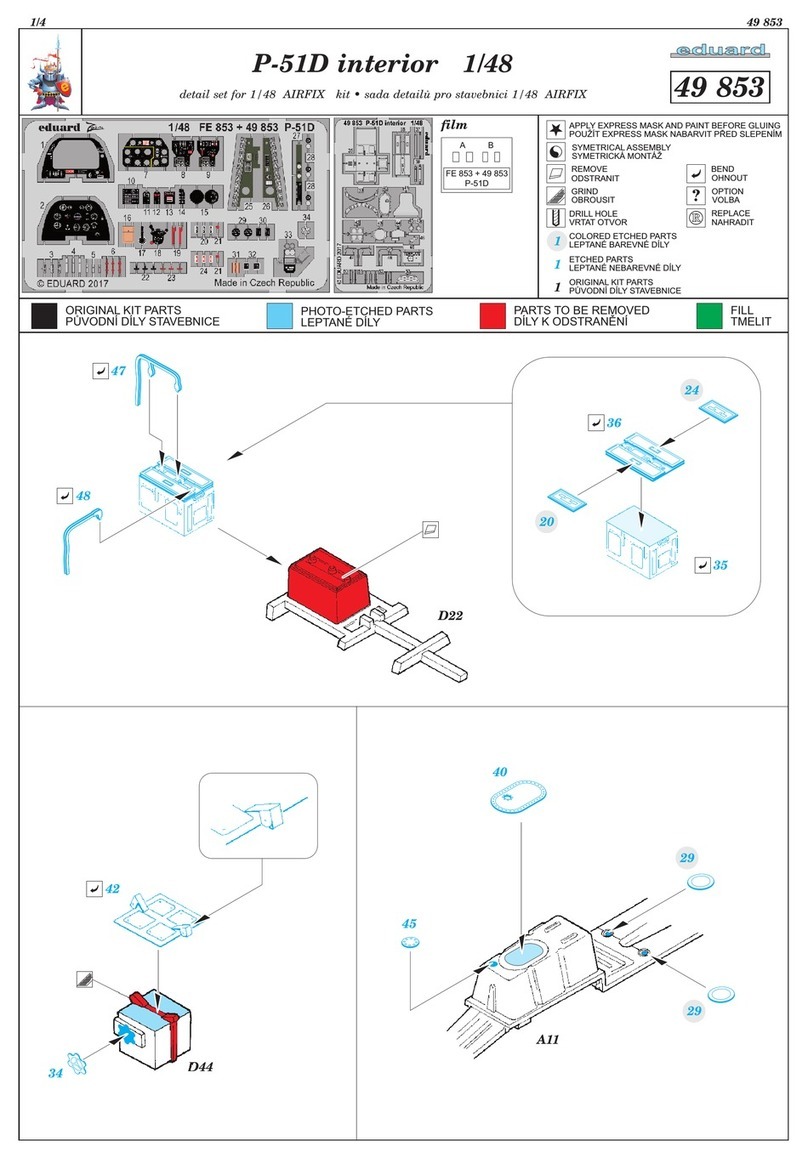
The X-1, built by the Buffalo based Bell Aircraft Corporation, came into being as a result
of an initiative by the USAAF, US NAVY and NACA to break the sound barrier. Following much
discussion on the theory of such a feat, a single seat, all metal, swept mid wing configuration was
adopted. The fuselage shape required was that of a projectile. The powerplant selected was
a rocket motor built by Reaction Motor Incorporated of Pompton Lakes. Experimental flights were
conducted in the way of launches at specific altitudes from B-29 bombers, with the landings being
traditional. These aircraft carried some 450 kg of data gathering equipment. The first X-1 left the
plant on December 27th, 1945. It's first flight was unpowered, conducted on January 25th, 1946,
over Florida's Pinecastle Airport. After that, the entire test program was moved to Muroc Dry Lake
in the Mojave Desert, where on December 9th, 1946, the X-1 first flew under it's own power. After
a multitude of ground tests and examinations, Capt. Charles E. " Chuck" Yeager first broke the
sound barrier on October 14th, 1947, reaching a speed of Mach 1.06 ( 1,126 km/h). With that,
plane and pilot were forever etched in history. Further speed and high altitude flights, despite
some setbacks, yielded valuable data that dictated design parameters by which future supersonic
and transonic aircraft would be designed. In all, there were three X-1s built, one of which was
rebuilt as the X-1E, and there were also one each of X-1D, X-1A and X-1Bs built. The program,
during which three aircraft had been lost, was concluded in November 1958, and its 226 flights
represented a huge step forward not only in the research of aviation, but also of spaceflight.
INTRO
X-1 Mach Buster
#8079
8079 - NAV1
US SUPERSONIC X-PLANE
1/48 SCALE PLASTIC KIT
ProfiPACK
Letoun X-1, postavený firmou Bell Aircraft Corporation v Buffalu, vznikl jako výsledek společné
iniciativy USAAF, US NAVY a NACA s cílem překonat zvukovou bariéru. Po množství teoretických
diskusí byl navržen jako jednomístný, celokovový středoplošník s trupem projektilového tvaru
a lichoběžníkovými křídly. Pro pohon byl zvolen raketový motor vyrobený v dílnách Reaction
Motors Incorporated v Pompton Lakes. K experimentálním letům byl stroj vypuštěn v určené
výšce z bombardéru Boeing B-29 a přistával klasickým způsobem. Na palubě letadla bylo
instalováno na 450 kg vědeckých aparatur. První X-1 opustil továrnu 27. prosince 1945 a úvodní
bezmotorový let absolvoval 25. ledna 1946 nad letištěm Pinecastle na Floridě. Potom byl celý
program testovacích letů přesunut na základnu Muroc Dry Lake v Mohavské poušti, kde
9. prosince 1946 letěl X-1 již vlastní silou raketového motoru. Po řadě nezbytných pozemních
a letových zkoušek byla dne 14. října 1947 letounem X-1, pilotovaným Capt. Charlesem
E. " Chuck" Yeagerem, poprvé překročena rychlost zvuku dosažením Mach 1,06 ( 1 126 km/h).
Tím vešli jak letoun, tak jeho pilot do dějin letectví. Další rychlostní a výškové lety přinesly i přes
řadu neúspěchů mnoho cenných poznatků pro nové konstrukce supersonických
a transsonických letadel. Celkem byly vyrobeny tři letouny X-1, z nichž jeden byl později
přestavěn na verzi X-1E. Dále bylo postaveno po jednom kusu verze X-1D, X-1A a X-1B. Celý
program, při kterém byly tři letouny zničeny, byl ukončen v listopadu 1958 a jeho
226 provedených letů znamenalo velký krok nejen ve výzkumu letectví, ale i kosmonautiky.
ÚVODEM





